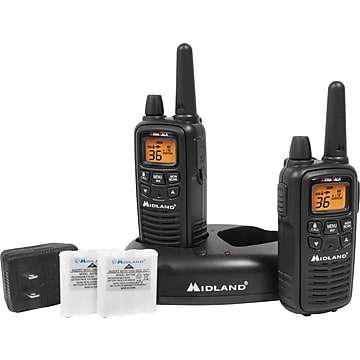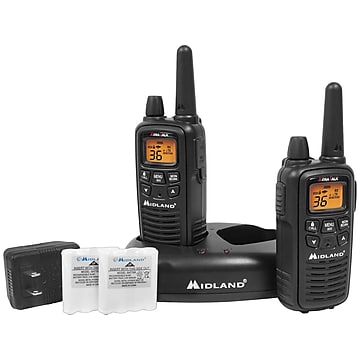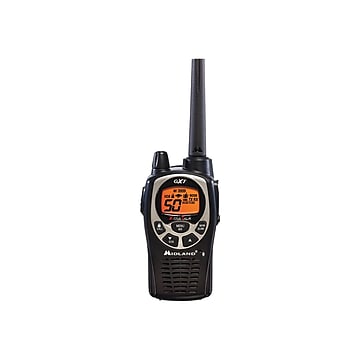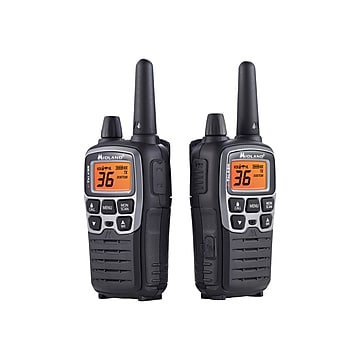Two Way Radios & Accessories
Related Searches
Trending now
While today’s digital landscape offers many ways for employees to communicate, two way radios should not be easily dismissed. Quick, snappy communication with fellow warehouse workers, security personnel or builders at a worksite is best accomplished with a two way radio in hand. Keep reading to learn more.
What Are Two Way Radios?
2 way radios are used to communicate between two or more individuals using certain radio wave frequencies. Users can optimize work efficiency with quick bursts of back and forth communication. Unlike cell phones, two way radios will not have a waiting period to connect.
Handheld two way radios support crisp, clear audio with convenient button placements. Multiple radio channel options allow users to keep more than one line of simultaneously open communication. Their effective range varies between models, but most are able to transmit anywhere within a 30-mile radius.
Many two way radios can withstand severe weather patterns or come with NOAA weather scans to notify the user of incoming weather patterns. Most models use AAA batteries and offer the option for using a rechargeable battery to eliminate the need for battery replacements.
Where Can Handheld Radios Be Used?
While handheld radios can be used by anyone, they have high value in commercial spaces. Here are a few locations where two way radio communication is common.
- Businesses with large worksites
- Hospitals
- Business property with security personnel
- Corporate events
- Outdoor recreation
What Type of Two Way Radio Accessories Are Available?
There are a variety of two way radio accessories to enhance your experience. Keep reading to find out if any fit your needs.
Earpiece Loop Radios
Earpiece loops are accessories for most portable two way radios, offering push-to-talk functionality for comfortable and simple communication. A rotating joint allows users to wear the earpiece on their left or right ear with maximum comfort. Be sure to match the accessory model with the model of your two way radio.
Two Way Radio Speaker
This external speaker and microphone for two way radios allow you to speak and listen to other users with additional clarity. It comes with a 360-degree rotating clip and extension cord to move the speaker freely around the two way walkie talkies.
This accessory supports most two way handheld radios but be sure to check to see if the model of your radio speaker is compatible with the two way radio device you may have.





































































































